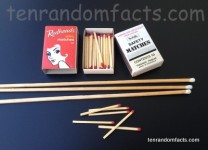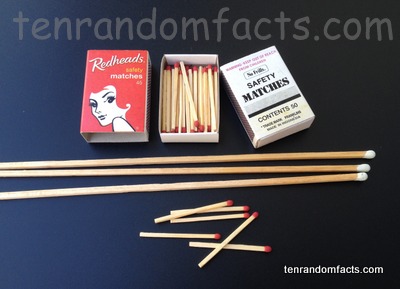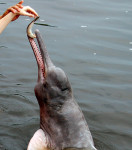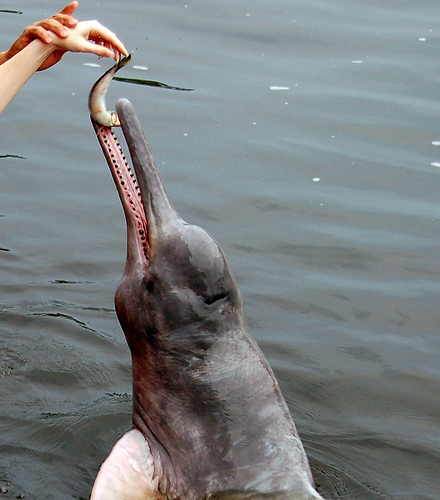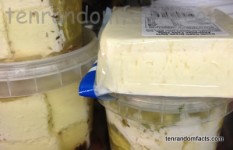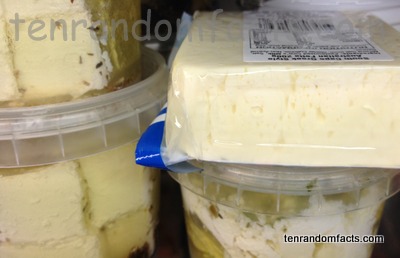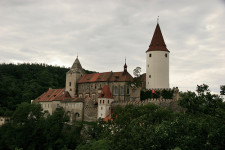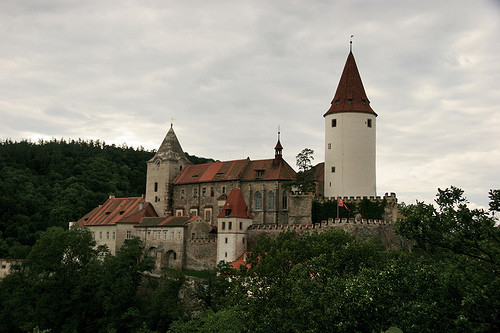
Tzatziki is the perfect way to hide those greens.
- Tzatziki is a condiment that is often eaten with a variety of meats or breads, or used as dipping sauce.
- Typically tzatziki is made of Greek yoghurt, cucumber, and garlic, with various additions which can include mint, dill, other herbs, pepper, salt, lemon juice, vinegar, and oil.
- The term ‘tzatziki’ sometimes has the spelling ‘tzatsiki’ or ‘tsatsiki’, and the word is believed to have come from the Turkish ‘cacık’, which has the possible meaning ‘chutney’.
- Tzatziki was popularised by, and is normally attributed to Greece, although the condiment is virtually the same as the Turkish cacık, and is similar to recipes from other nearby countries.
- Tzatziki is traditionally eaten as part of an entrée with pita bread as its accompaniment, or on gyros or souvlaki.
- The colour of tzatzki ranges from a white to a light mint green depending on the quantity or processing of the cucumber.
- Tzatziki is high in calcium, fat, sodium, protein and vitamin K, and contains many other vitamins and minerals.
- Generally tzatziki is served cold, and it is sometimes used as a salad dressing.
- The flavour of tzatziki is often strong and tangy, and it has a creamy texture, due to the yoghurt content.
- To make tzatziki, the yoghurt is typically strained for a period of time to remove excess water; the cucumber is grated or finely chopped and often squeezed or salted to draw out the moisture; and the garlic crushed or chopped; after which, all ingredients are mixed together.
Bibliography:
Cloake H, How to Make the Perfect Tzatziki, 2015, The Guardian, http://www.theguardian.com/lifeandstyle/2015/aug/06/how-to-make-perfect-tzatziki-felicity-cloake
How Old is the Greek Recipe for Tzatziki?, 2009, Yahoo!, https://au.answers.yahoo.com/question/index?qid=20100312001655AAhVcIe
Tzatziki, 2007, Why Go Greece, http://www.greecelogue.com/tzatziki.html
Tzatziki, 2015, Wikipedia, https://en.wikipedia.org/wiki/Tzatziki
What is Tzatziki?, 2015, WiseGEEK, http://www.wisegeek.com/what-is-tzatziki.htm










